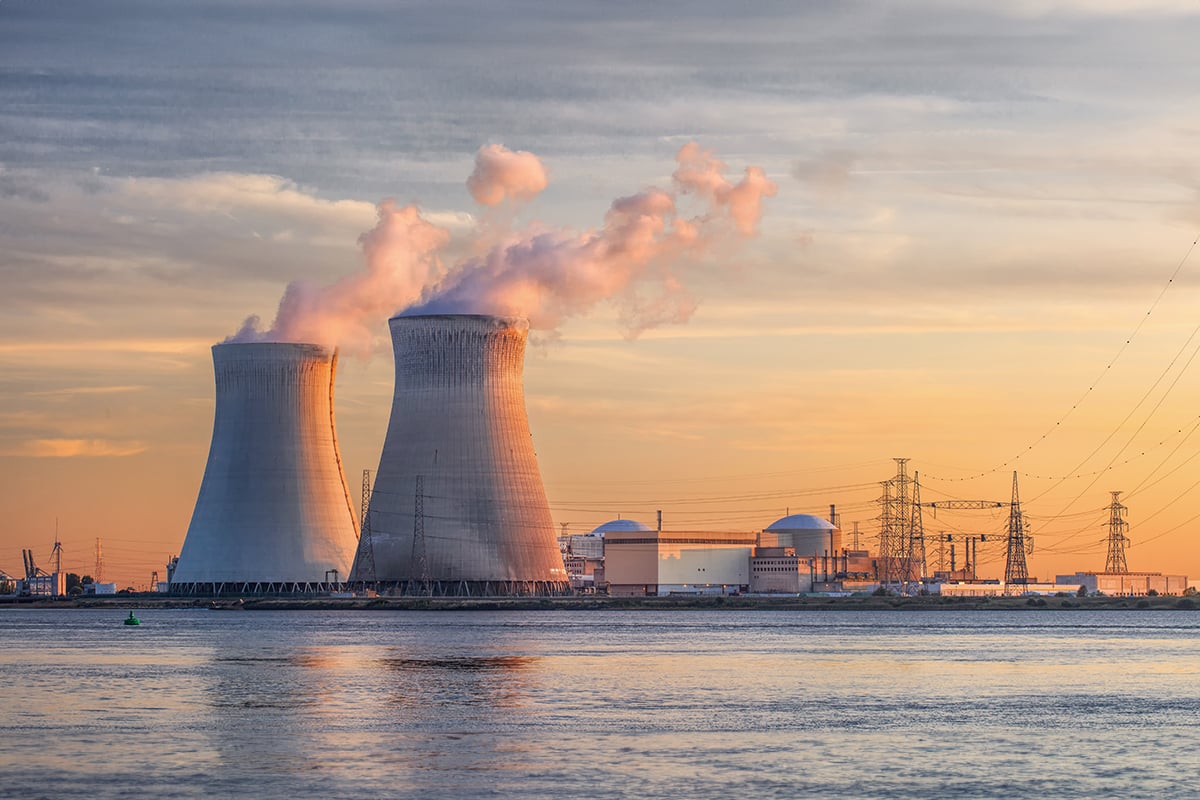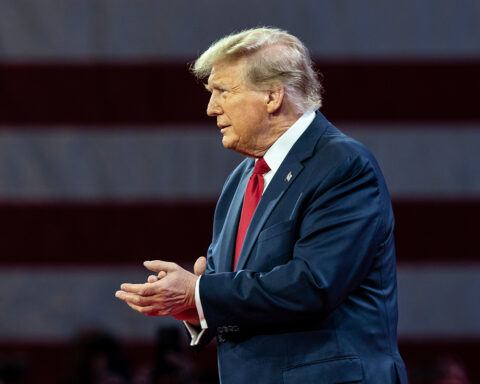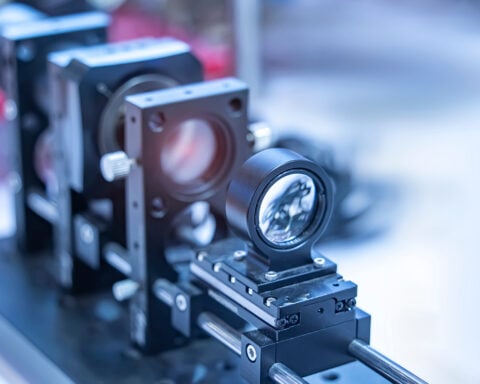New-wave reactor technology, known as Small Modular Reactors (SMRs), is capturing the world’s attention as nations strive to curb fossil fuel consumption and tackle the climate crisis. The competition to lead in the SMR market is heating up, with the United States, Russia, and China vying for supremacy.
SMRs, compact and more cost-efficient than conventional nuclear reactors, offer the potential to transform the energy landscape. They require less space and can be deployed in diverse locations, making them an attractive choice for countries eager to expedite their transition to clean energy.
The International Energy Agency (IEA) has laid out an ambitious vision of doubling global nuclear energy capacity by 2050, recognizing the crucial role of nuclear power, whether large or small, in achieving a sustainable energy future.
Presently, China holds the lead in nuclear technology and construction, while Russia dominates the production of SMR fuel. The United States is playing catch-up, channeling substantial investments into SMR technology development.
One of the driving forces behind the U.S. push for SMRs is its ambition to secure a significant share of the global market. Having lost the wind and solar energy race to China, the U.S. aims to export entire fleets of SMRs to countries worldwide, circumventing the challenges often faced by large-scale nuclear power plants, such as budget overruns and delays.
While SMRs yield less energy compared to their larger counterparts, their flexibility is a distinct advantage. Comprising smaller, easily assembled components, SMRs resemble a nuclear power plant flatpack. This adaptability makes them an appealing choice for nations looking to diversify their energy sources.
In December, during the COP28 climate summit in Dubai, the United States took a lead role by pledging to triple the world’s nuclear energy capacity. To support this objective, the U.S. government has committed $72 million to its international SMR program, known as FIRST, offering countries comprehensive support, from workshops to engineering and feasibility studies.
Financial institutions like the U.S. Export-Import Bank and the International Development Finance Corporation have extended loans totaling $3 billion and $1 billion, respectively, for SMR projects. These funds target SMRs designed by companies such as GE Hitachi Nuclear Energy, with projects in Poland aimed at reducing dependence on Russian gas.
Beyond Southeast Asia, central, and eastern Europe, where countries seek to lessen their reliance on Russia, the U.S. is also courting nations with no prior experience in nuclear power. Safety considerations are paramount to succeed in these emerging markets.
While concerns about nuclear safety have persisted for decades, global sentiment is shifting. As extreme weather events linked to climate change become more frequent, the urgency to transition to cleaner energy sources intensifies.
The path ahead for SMRs, however, is not without obstacles. High costs, supply chain disruptions, inflation, and interest rates have contributed to the challenges faced by SMR projects in the United States. In 2023, Oregon-based NuScale grappled with cost overruns that led to the cancellation of a demonstration project in Idaho.
Despite setbacks, the U.S. is leveraging its diplomatic influence to promote the global adoption of SMRs. The Nuclear Regulatory Commission’s stringent safety standards provide a level of trust that appeals to European allies.
The future of SMRs remains uncertain, with experts suggesting it may take until the second part of the next decade to determine their viability on a large scale. Nevertheless, the global race for SMR technology is poised to play a pivotal role in addressing climate change and reshaping the energy landscape.







